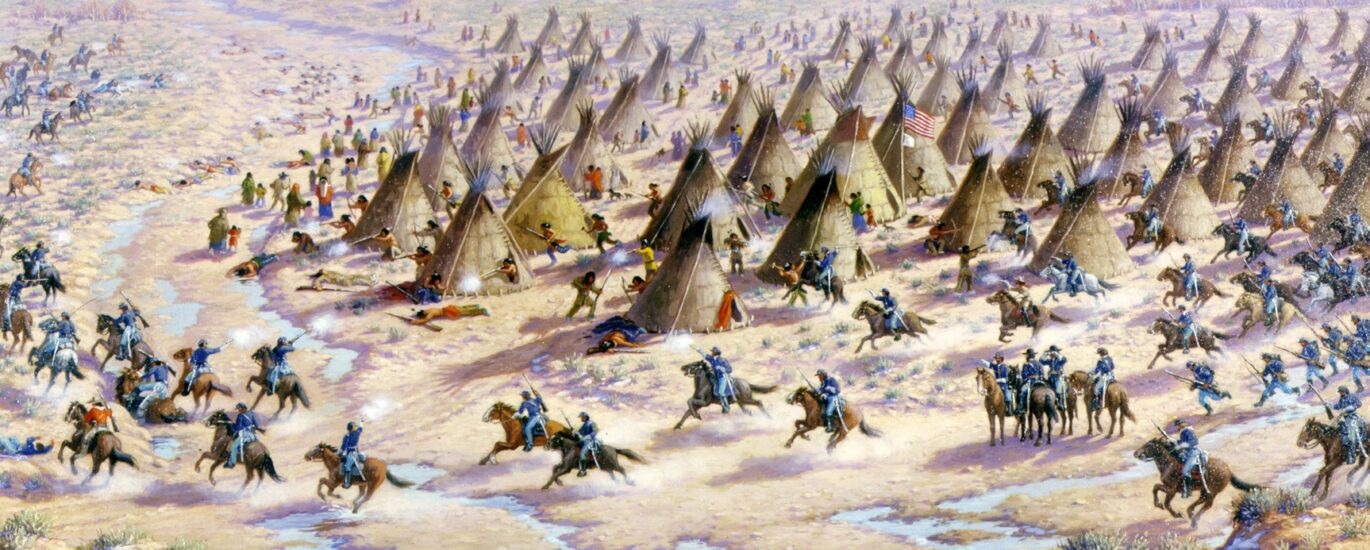Welcome to the Sand Creek Massacre National Historic Site. As you stand on these solemn grounds in southeastern Colorado, you are stepping back to a time of immense conflict and tragedy in the history of the American West. The story of Sand Creek is a poignant reminder of the tumultuous relations between Native American tribes and the U.S. government during the 19th century.
The Sand Creek Massacre, also known as the Chivington Massacre, took place on November 29, 1864. On this fateful day, a force of 675 men from the Third Colorado Cavalry, led by Colonel John Chivington, attacked a peaceful village of Cheyenne and Arapaho people. The village was situated along Sand Creek, where its inhabitants believed they were under the protection of the U.S. government. Tragically, the attack resulted in the death and mutilation of an estimated 150 Native Americans, most of whom were women, children, and the elderly.
This massacre was part of the broader Colorado Wars, a series of conflicts fueled by the discovery of gold in the region in 1858 and the subsequent influx of settlers into Native American territories. The Treaty of Fort Laramie in 1851 had initially recognized a vast territory for the Cheyenne and Arapaho. However, as settlers poured in, the U.S. government pressured these tribes to cede much of their land, leading to tensions and eventual conflict.
Notable figures in this tragic event include Black Kettle, a prominent Cheyenne chief who had advocated for peace and believed the U.S. government’s promises of protection. He survived the massacre but would later be killed in a subsequent attack at the Washita River. Colonel John Chivington, the orchestrator of the massacre, was never held accountable, despite a congressional investigation that condemned his actions.
In the aftermath, the Sand Creek Massacre became a symbol of the injustices faced by Native Americans. The site was officially designated as a National Historic Site in 2007, ensuring that the memories of those who perished here are preserved and honored.
Today, the Sand Creek Massacre National Historic Site stands as a place of reflection and education. It serves as a poignant reminder of the need for reconciliation and the importance of understanding the past to forge a more just future. Visitors can walk the grounds, reflect on the history, and learn about the enduring legacy of the Cheyenne and Arapaho peoples.






